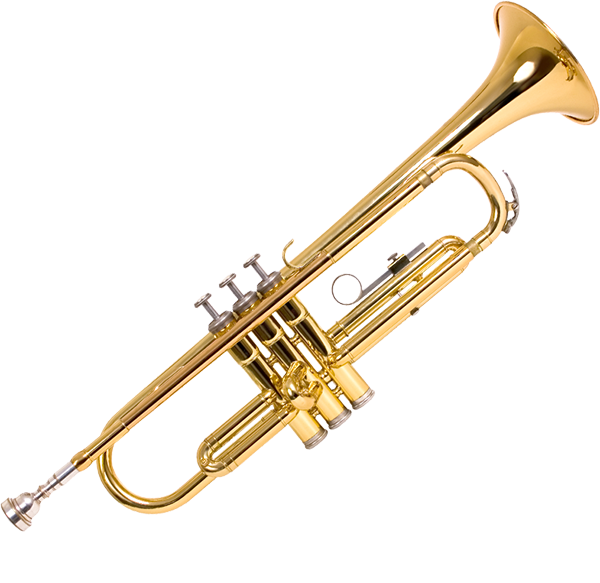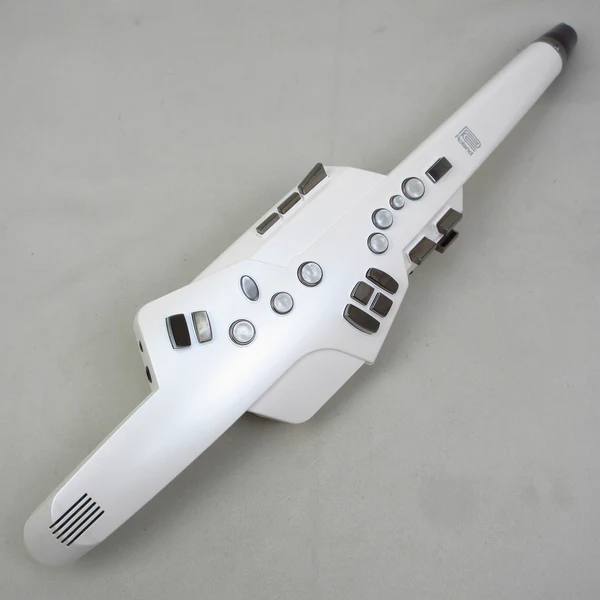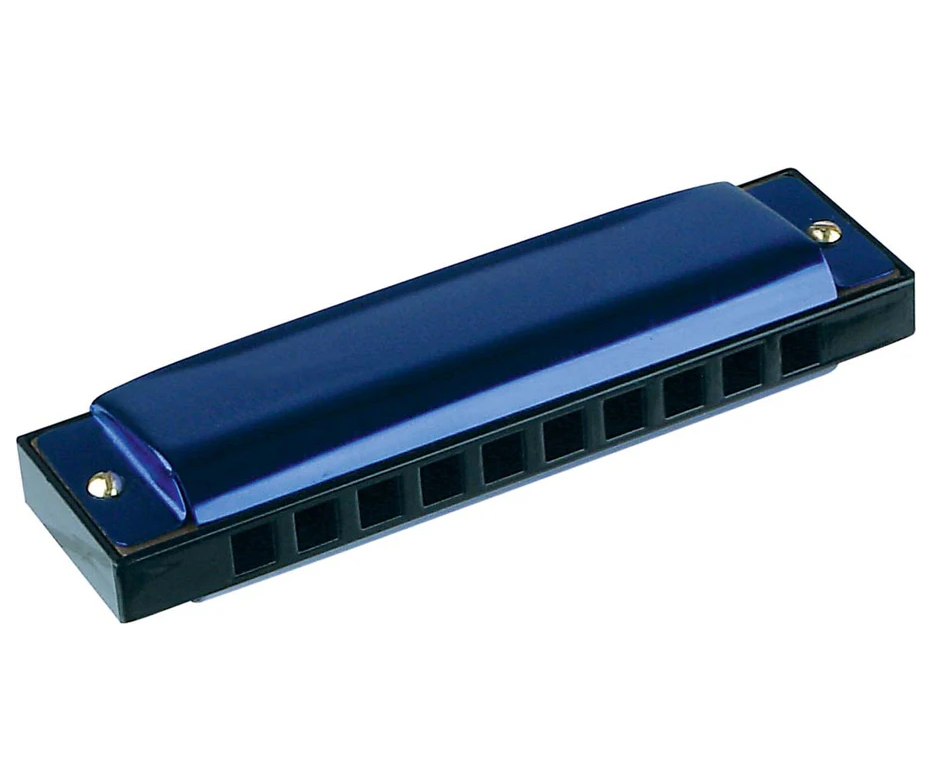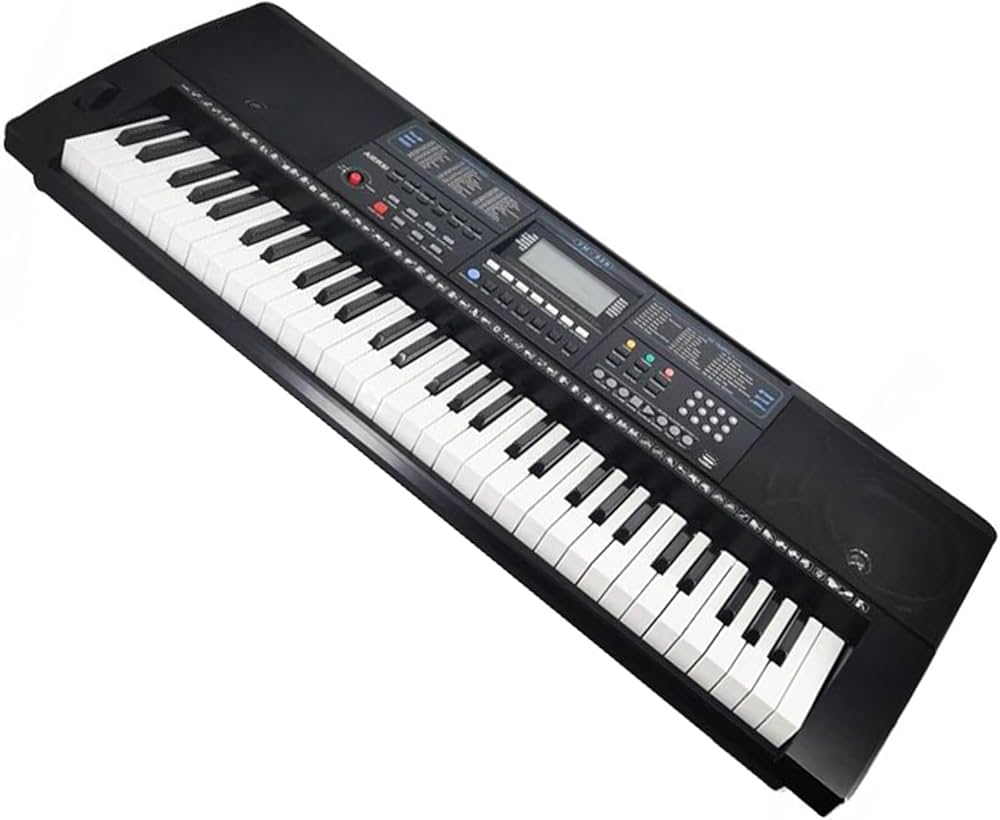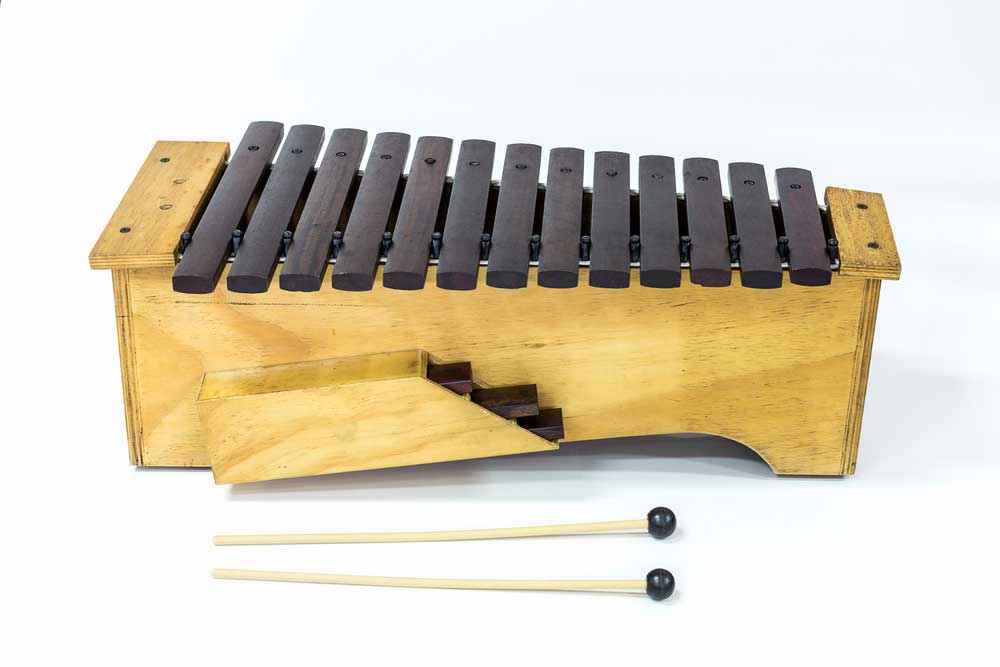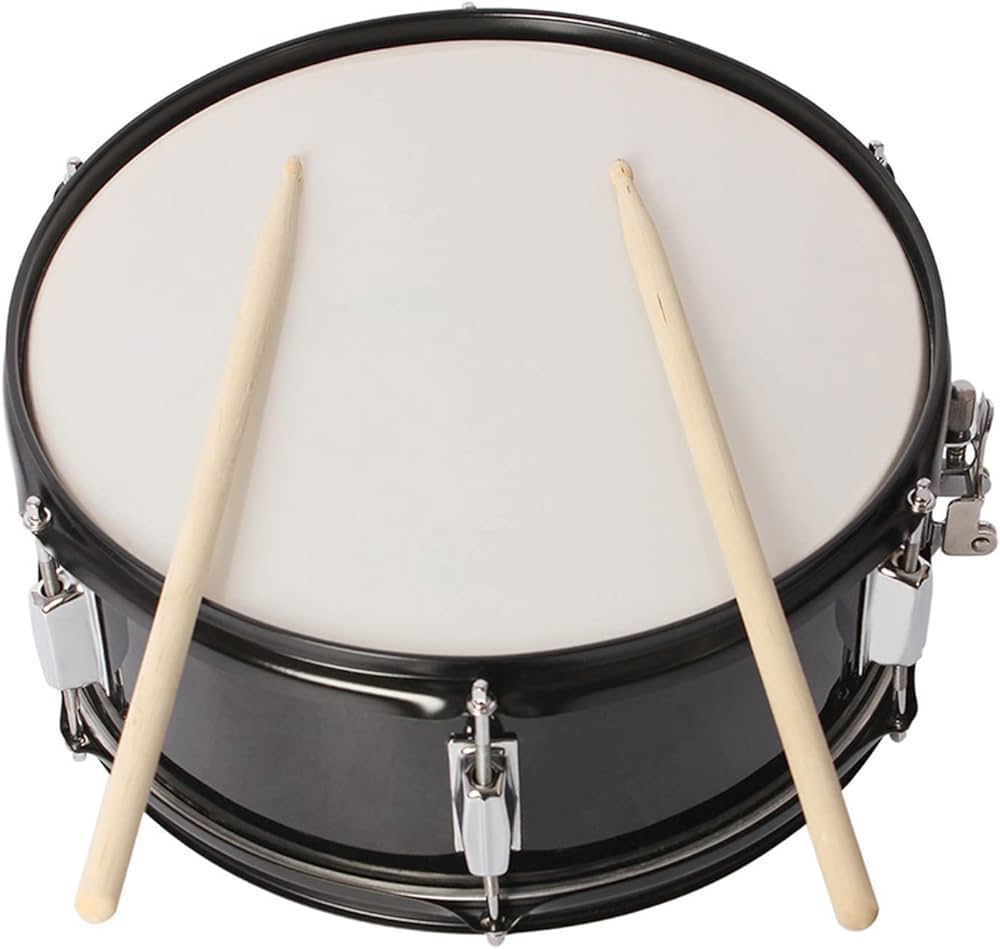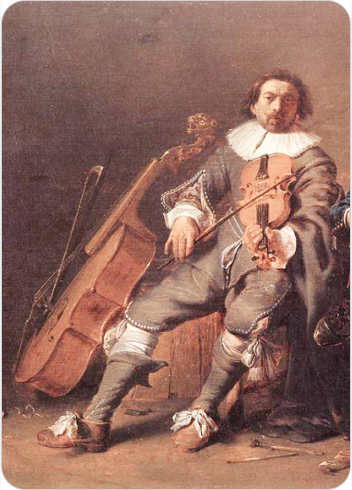Middewinterhoorn
Brass Winds
Europe
Between 1001 and 1900 AD
Video
The Middewinterhoorn, also known as the midwinter horn, is a traditional wooden musical instrument primarily associated with the Christmas season in parts of the Netherlands and northern Germany. It is a natural trumpet, played without valves or keys, and produces sound by blowing air through a wooden mouthpiece. The instrument is deeply rooted in folk traditions and is often referred to as the “advent horn” or “dewertshorn.” Its name reflects its seasonal use during midwinter, particularly from Advent to Epiphany.
The Middewinterhoorn is constructed from slightly curved tree trunks, typically alder, birch, or willow. These trees are chosen for their pliability and natural curvature, which suits the design of the horn. The instrument measures approximately 1.3 meters (4 feet) in length but varies in size depending on local traditions and craftsmanship. Its construction involves splitting the wood lengthwise, hollowing it out to create a tube, and then rejoining the halves using glue, clamps, or traditional bindings such as willow or bramble withies. The horn is often dipped in water to seal cracks and enhance its sound quality when played.
Type of Instrument
The Middewinterhoorn belongs to the category of natural trumpets or horns. It is a wind instrument that operates without valves or keys, relying solely on the player’s breath and lip tension to produce sound. This simplicity places it among some of humanity’s oldest musical instruments, akin to ancient animal horns used for signaling and rituals. Its design aligns with other traditional horns found across cultures, such as the shofar of Jewish tradition or ancient Mesopotamian wooden horns. However, its unique construction from curved wood and its specific cultural associations distinguish it from these counterparts. The Middewinterhoorn’s sound is characterized by a deep, resonant tone that carries across distances—a feature that historically served both musical and practical purposes.
Historical Background
The history of the Middewinterhoorn traces back centuries and intertwines with ancient rituals and traditions. While its first recorded mention dates to 1815, evidence suggests that similar instruments were used much earlier for signaling and warding off evil spirits. Excavations in Friesland have uncovered ox horns dating back over a thousand years, indicating a long-standing tradition of horn-playing in northern Europe.
The instrument’s origins are tied to Germanic Yule customs, where it was believed to summon help or repel malevolent forces during the darkest days of winter. In pagan fertility rites, blowing horns was thought to awaken spirits that ensured bountiful harvests. The association between water and wood in its construction further reflects these ancient beliefs about natural elements’ role in life and fertility. During periods of conflict, such as the Eighty Years’ War and World War II, the Middewinterhoorn served as a signaling device to warn communities of danger. Its use persisted in isolated rural areas where farms were separated by kilometers of marshy land. By blowing their horns at regular intervals, farmers could communicate across distances or check on their neighbors’ well-being.
In modern times, the tradition has been revived as part of cultural heritage celebrations in regions like Twente (Netherlands) and Bentheim (Germany). Competitions between villages determine the best players, but strict adherence to seasonal playing—only from Advent to Epiphany—preserves its historical significance.
Construction and Design
The construction of a Middewinterhoorn is an intricate process requiring skill and knowledge passed down through generations. Craftsmen select tree trunks with natural curves—typically alder, birch, or willow—and split them lengthwise into two halves. These halves are hollowed out to create a tube with walls approximately 1 cm thick. Once rejoined using glue or bindings like willow withies or split rushes, the horn is submerged in water to seal any gaps. A distinctive feature of the Middewinterhoorn is its mouthpiece (“happe”), traditionally made from elder wood due to its soft texture and pithy center. Elder wood’s ease of hollowing makes it ideal for crafting wind instrument components. The mouthpiece is cut at an angle similar to that of ancient Celtic carnyxes and inserted into one end of the horn.
The design emphasizes simplicity while maintaining functionality. The horn’s curved shape enhances its resonance but limits tonal range; players can produce approximately eight notes by varying their breath control and lip tension. Despite technological advancements leading to metal versions in the early 20th century, traditional wooden horns remain preferred due to their cultural authenticity.
Types of Middewinterhoorns
While all Middewinterhoorns share common features like wooden construction and seasonal use, variations exist based on regional traditions and craftsmanship techniques:
Traditional Wooden Horns: Made from alder or willow wood using traditional methods.
Wet Horns: Submerged in water before playing for improved sound quality.
Metal Horns: Introduced in the 20th century but largely replaced by wooden versions during folklore revivals.
Decorative Horns: Crafted for display purposes rather than functional use.
Each type reflects local adaptations while preserving core aspects of design and usage.
Characteristics
The Middewinterhoorn’s defining characteristics include:
Material: Constructed from curved tree trunks (alder, birch, willow) with elder wood mouthpieces.
Sound: Produces deep tones capable of carrying over long distances; tonal range limited to approximately eight notes.
Playing Style: Held laterally in hands rather than rested on ground; often played near water for symbolic amplification.
Seasonal Use: Played exclusively during Advent through Epiphany as part of Christmas celebrations.
Cultural Significance: Associated with ancient rituals, Christian customs, and community signaling during emergencies.
These features underscore its unique role as both a musical instrument and a cultural artifact deeply embedded in regional traditions.
Playing Techniques and Sound Modifications
The midwinterhoorn is a natural trumpet that produces sound through the vibration of the player’s lips against the wooden mouthpiece, known as the “happe.” The instrument is held laterally and played by blowing air into the mouthpiece, creating a resonant tone. Unlike modern brass instruments, it lacks valves or slides, so its pitch is controlled by altering the player’s lip tension and airflow. Typically, the midwinterhoorn can produce around eight distinct notes, but these vary between individual instruments due to differences in construction. One unique playing technique involves holding the horn over water. While this is traditionally believed to amplify the sound, the effect is minimal due to the instrument’s shape and angle. Another distinctive feature is the use of water to seal cracks in the horn before playing. Players often pour water into the horn immediately before use, which not only maintains its airtightness but also enhances its tonal quality. Additionally, in cold weather, the horn produces a brighter and more brilliant sound due to freezing conditions.
Applications in Music
The midwinterhoorn has a deeply rooted cultural and ceremonial role rather than being a part of mainstream music ensembles. Its primary application is during the Advent season, from late November to early January, including Christmas and New Year’s celebrations. The instrument’s haunting sound is used to announce the coming of Christmas and to welcome the new year. It is traditionally played in rural areas of the Netherlands and northern Germany, where groups of players perform in sequence across villages, creating a call-and-response effect.
Historically, the midwinterhoorn was also employed for practical purposes such as signaling danger or summoning help in isolated areas. During World War II, it was used by Dutch farmers to warn of approaching German patrols. Today, its use has shifted primarily to cultural preservation and festive events. Competitions between villages are held to determine the best players, adding an element of friendly rivalry to its traditional role.
Most Influential Players
While there are no globally renowned midwinterhoorn players due to its niche cultural significance, local enthusiasts in regions like Twente in the Netherlands have played a pivotal role in reviving and preserving this tradition. In particular, groups formed in villages have ensured that knowledge of playing techniques and construction methods is passed down through generations. The revival movement that began in the 1950s owes much to these local players who organized events and competitions to sustain interest in this ancient instrument. Their dedication has helped elevate its status as an important symbol of regional identity and heritage.
Maintenance and Care
Proper maintenance of a midwinterhoorn is essential for preserving its sound quality and structural integrity. Since it is made from natural materials like alder, birch, or willow wood, it requires careful handling. The two halves of the horn are traditionally bound with natural materials like willow or bramble withies or sealed with bulrushes. To ensure airtightness, players often soak the horn in water before use—a practice that causes the binding materials to swell and seal any gaps. Regular cleaning is necessary to prevent damage from moisture buildup inside the horn. The wooden mouthpiece should also be checked for cracks or wear since it plays a critical role in sound production. Storing the instrument in a dry environment away from extreme temperatures helps prevent warping or splitting of the wood. For long-term preservation, some players apply natural oils or waxes to protect the wood from drying out. However, these treatments must be done sparingly to avoid altering the instrument’s acoustic properties.
Cultural Significance
The midwinterhoorn holds profound cultural importance as a symbol of heritage and tradition in parts of the Netherlands and northern Germany. Its origins are believed to date back to Germanic Yule customs, where it was used both for ceremonial purposes—such as summoning fertility spirits—and practical functions like warding off evil spirits or signaling danger. In Christian contexts, it became associated with Advent and Christmas celebrations. The instrument’s deep connection with winter solstice rituals reflects its role as a bridge between pagan traditions and Christian practices. For example, blowing the horn during midwinter symbolized bidding farewell to darkness and welcoming light—a theme mirrored in Christmas celebrations.
The tradition of playing midwinterhoorns has been recognized as intangible cultural heritage in regions like Gelderland and Overijssel in the Netherlands. This recognition underscores its value not only as a musical instrument but also as a vessel for storytelling, community bonding, and historical continuity.
In modern times, festivals and competitions have further cemented its place in regional identity. These events bring together communities to celebrate their shared history while introducing younger generations to this ancient tradition. Despite advancements in communication technology that rendered its original signaling function obsolete, the midwinterhoorn remains a cherished emblem of resilience and cultural pride.
FAQ
How is the Middewinterhoorn constructed?
The Middewinterhoorn is traditionally crafted from slightly curved tree trunks, such as alder, birch, or willow. The trunk is split lengthwise, hollowed out, and then rejoined, resulting in a horn approximately 1.3 meters long. A mouthpiece made of elder wood is attached, and the instrument is played laterally. :contentReference[oaicite:0]{index=0}
What are the traditional uses of the Middewinterhoorn?
Historically, the Middewinterhoorn served as a signaling device during the midwinter period, believed to repel evil spirits and announce Christmas. It was also used to warn neighboring farmers of danger and, during World War II, to signal the approach of patrols. :contentReference[oaicite:1]{index=1}
What are the features of the Middewinterhoorn?
The Middewinterhoorn is a wooden natural trumpet, approximately 1.3 meters long, held in the hands when played. It produces around eight notes, which vary between instruments, making ensemble playing uncommon. Traditionally, it is played over water, though this does not effectively amplify the sound. :contentReference[oaicite:2]{index=2}
 Links
Links
References
Other Instrument
Categories

